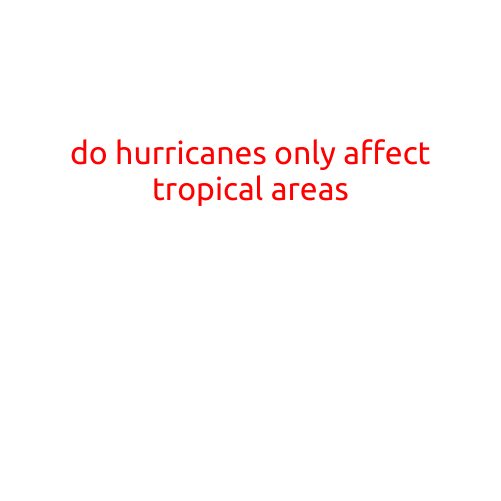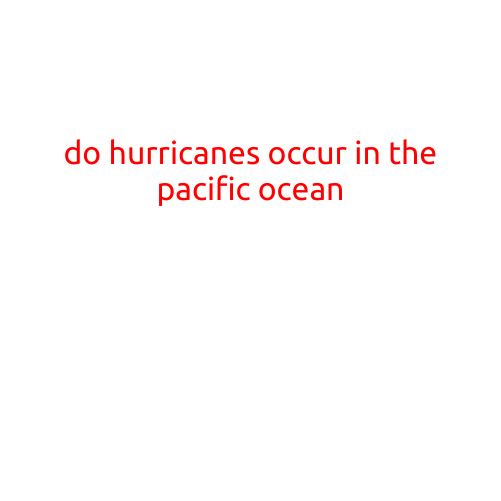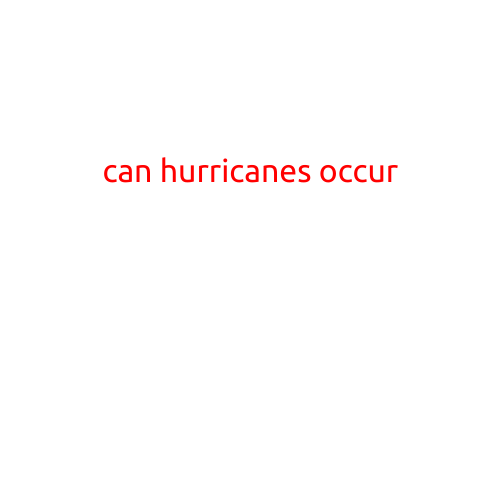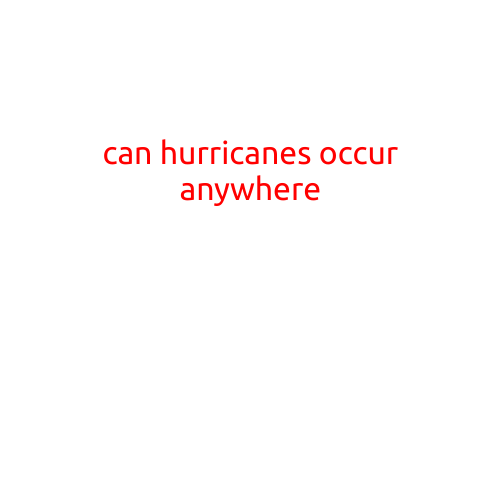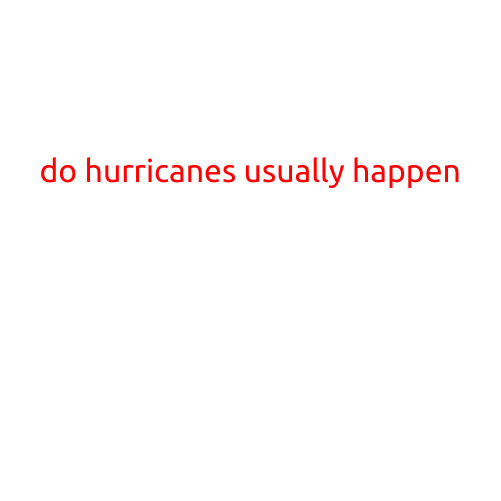
Do Hurricanes Usually Happen? Understanding the Frequency and Patterns of these Powerful Storms
Hurricanes are among the most destructive and feared natural disasters, causing widespread devastation and loss of life along coastal communities. But are they common occurrences, or do they strike only occasionally? In this article, we’ll explore the frequency and patterns of hurricanes, providing insights into what to expect and how to prepare for these powerful storms.
How Often Do Hurricanes Occur?
Hurricanes are a natural part of the Earth’s weather cycle, and they occur with varying frequency and intensity around the world. According to the National Hurricane Center (NHC), an average of 12 named tropical storms, 6 hurricanes, and 2 major hurricanes occur in the Atlantic Ocean every year. However, the frequency and intensity of hurricanes can vary significantly from year to year.
Hurricane Season
Hurricanes typically occur during the summer and fall months, with the Atlantic hurricane season running from June 1 to November 30. The peak months for hurricane activity are August, September, and October, with August generally being the most active month.
Where Do Hurricanes Usually Happen?
Hurricanes are most common in the tropics, particularly in the Atlantic Ocean, the Caribbean Sea, and the Gulf of Mexico. The majority of hurricanes form in the Atlantic Ocean, with the greatest frequency occurring near the Cape Verde Islands off the coast of West Africa. In the Pacific Ocean, hurricanes are more common, with the majority forming near the equator.
What Predicts Hurricane Frequency and Intensity?
Several factors influence the frequency and intensity of hurricanes:
- Sea surface temperature: Warmer ocean temperatures, particularly above 26.5°C (80°F), tend to fuel hurricane activity.
- Wind shear: Low wind shear, or changes in wind direction and speed, can allow hurricanes to strengthen.
- Atmospheric moistures: High levels of atmospheric moisture can contribute to hurricane formation and intensity.
- El Niño-Southern Oscillation (ENSO): Changes in global ocean and atmospheric temperatures, such as El Niño and La Niña events, can impact hurricane activity.
Prepare for the Unexpected
While understanding the frequency and patterns of hurricanes is important, it’s essential to remain vigilant and prepared for unpredictable weather events. Here are some tips to help you prepare:
- Stay informed: Monitor weather forecasts and updates from the NHC and local authorities.
- Have a plan: Develop a comprehensive emergency plan, including evacuation routes and contact information.
- Stock an emergency kit: Assemble a kit with essential supplies, such as food, water, first aid, and a battery-powered radio.
- Take safety precautions: Secure outdoor items, trim trees, and prepare for potential flooding.
Conclusion
Hurricanes are a natural part of the world’s weather patterns, and understanding their frequency and patterns is crucial for preparedness and safety. By staying informed, having a plan, and taking necessary precautions, you can minimize the impact of these powerful storms. Remember, it’s always better to be prepared for the unexpected and to stay ahead of the storm.

